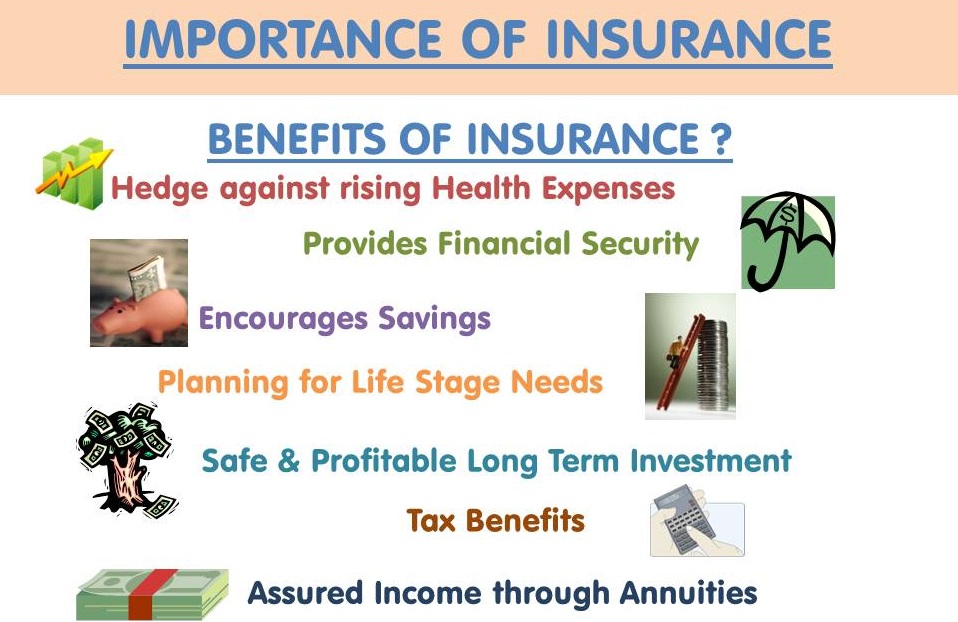Some Known Incorrect Statements About Pacific Prime
Some Known Incorrect Statements About Pacific Prime
Blog Article
Some Ideas on Pacific Prime You Need To Know
Table of ContentsWhat Does Pacific Prime Do?Fascination About Pacific PrimeEverything about Pacific Prime8 Simple Techniques For Pacific PrimeThe Definitive Guide to Pacific Prime

This is because the data were accumulated for a period of solid economic efficiency. Of the approximated 42 million people that were without insurance, just about about 420,000 (regarding 1 percent) were under 65 years old, the age at which most Americans end up being qualified for Medicare; 32 million were adults in between ages 18 and 65, around 19 percent of all adults in this age; and 10 million were youngsters under 18 years of age, concerning 13.9 percent of all children (Mills, 2000).
These quotes of the variety of individuals uninsured are produced from the yearly March Supplement to the Existing Population Survey (CPS), performed by the Census Bureau. Unless otherwise kept in mind, nationwide estimates of people without medical insurance and percentages of the population with different sort of coverage are based on the CPS, the most extensively used resource of quotes of insurance policy coverage and uninsurance rates.
The Only Guide for Pacific Prime

Still, the CPS is particularly helpful since it produces yearly price quotes relatively rapidly, reporting the previous year's insurance protection approximates each September, and since it is the basis for a constant set of price quotes for even more than two decades, enabling analysis of trends in coverage over time. For these factors, in addition to the substantial use the CPS in other researches of insurance coverage that exist in this record, we rely upon CPS price quotes, with constraints noted.

The estimate of the variety of uninsured individuals broadens when a populace's insurance policy status is tracked for numerous years. Over a three-year period starting early in 1993, 72 million people, 29 percent of the united state populace, lacked protection for a minimum of one month. Within a solitary year (1994 ), 53 million individuals experienced at the very least a month without protection (Bennefield, check over here 1998a)
Six out of every 10 uninsured grownups are themselves utilized. Working does improve the chance that one and one's family participants will have insurance, it is not an assurance. Even participants of families with 2 full-time wage income earners have practically a one-in-ten opportunity of being uninsured (9.1 percent without insurance rate) (Hoffman and Pohl, 2000).
Little Known Facts About Pacific Prime.
New immigrants make up a considerable percentage of people without medical insurance. One analysis has connected a substantial portion of the recent development in the dimension of the united state uninsured population to immigrants who showed up in the nation in between 1994 and 1998 (Camarota and Edwards, 2000). Current immigrants (those that involved the USA within the previous 4 years) do have a high price of being uninsured (46 percent), however they and their youngsters account for just 6 percent of those without insurance coverage across the country (Holahan et al., 2001).
The connection in between wellness insurance and access to care is well established, as documented later in this chapter. The connection between health insurance and wellness end results is neither straight nor easy, a comprehensive medical and health solutions research study literature links wellness insurance policy coverage to enhanced access to care, better top quality, and enhanced personal and populace health and wellness standing.
Degrees of analysis for checking out the impacts of uninsurance. It concentrates specifically on those without any kind of health insurance policy for any type of size of time.
Get This Report on Pacific Prime
The problems faced by the underinsured are in some areas comparable to those encountered by the without insurance, although they are normally less severe. Wellness insurance coverage, however, is neither required nor enough to gain accessibility to clinical services. The independent and direct result of health insurance protection on access to wellness services is well developed.
Others will obtain the healthcare they require even without medical insurance, by paying for it expense or seeking it from suppliers who offer treatment totally free or at very subsidized rates. For still others, health insurance coverage alone does not guarantee invoice of care as a result of various other nonfinancial barriers, such as a lack of healthcare service providers in their area, restricted accessibility to transportation, illiteracy, or etymological and cultural distinctions.
The Facts About Pacific Prime Uncovered
Official research about uninsured populaces in the USA dates to the late 1920s and very early 1930s when the Board on the Cost of Medical Care created a collection of records concerning financing medical professional office gos to and hospitalizations. This problem came to be significant as the varieties of clinically indigent climbed during the Great Anxiety.
Report this page